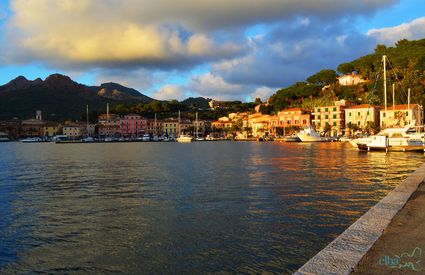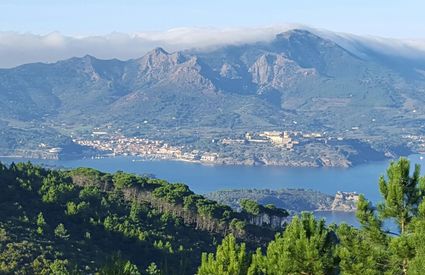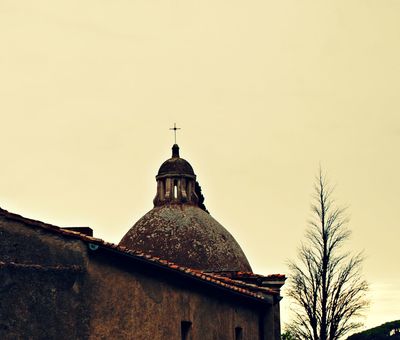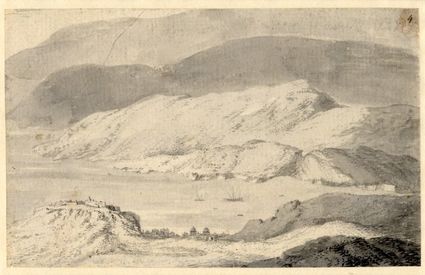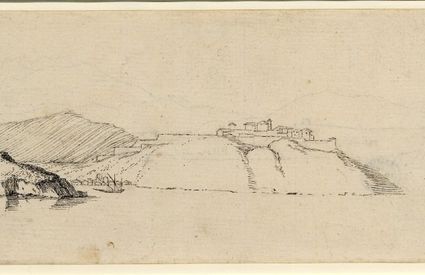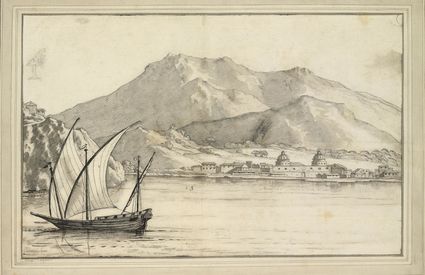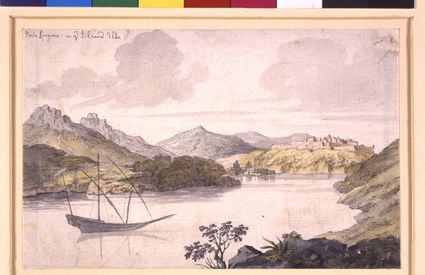The Spanish itinerary
Spanish influence can be seen everywhere in this area: in the family names (Rodriguez, Aragona), in the toponymy, in the reverential Don; Catalonia exists in family traditions and in the devotion to the simulacrum of the Madonna Nera di Monserrato – the hermitage built in 1606 by the first governor atop a rocky hill that reminded him of his home.
The Sanctuary overlooks a valley, where Spanish traces mark the landscape with a cottage and its chapel in an Iberian-Baroque citrus grove, at the entrance to which sits two guard lions.
Downstream, where the ships lightly rock in the water and the sailors and fishermen repair the boats singing monotonous and sweet songs (as the historian Gregorovius recalls), the impressive Chiesa del Carmine and the smaller Chapel of the Sacro Cuore di Maria stand out, protective guardians of a past still very much alive.


